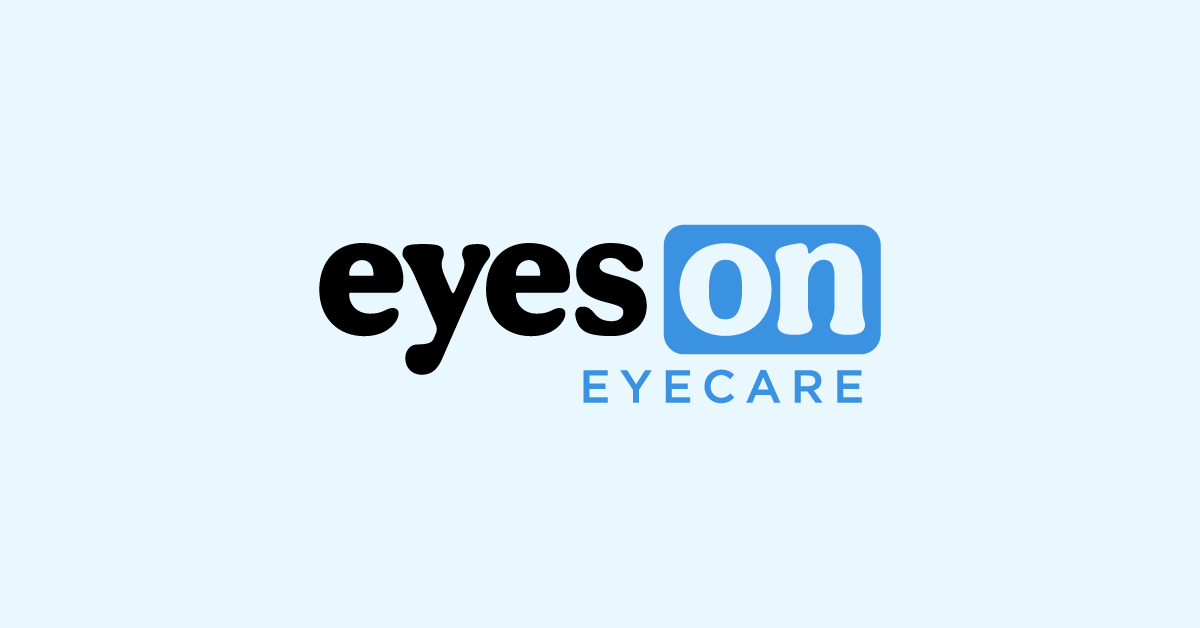You’ve heard it a thousand times, “After graduation, live like a student and DON’T buy a car!” While this is great advice, it’s not always realistic. Many of us survived 8+ years of college with the same car we drove in high school! To avoid a Tommy Boy style breakdown, an upgrade is often inevitable.
My beloved Grand Prix of 12 years was slowly dying on me so I recently went though the car buying process. Below are a few things I recommend you strongly consider before purchasing your next vehicle.
Do you REALLY need to upgrade?!
If you currently own a car, use NADAGuides, Kelley Blue Book, or Edmunds to appraise its value and calculate the true cost to own.
If public transportation isn’t accessible, you’ll need a car to get to work! In all reality, you really have two options:
- Drive your current car until it dies.
- Look into selling or trading it in to purchase your next vehicle.
- If you’re willing to go through the hassle, you’ll make significantly more selling your car versus trading it in!
Formula to calculate what you can afford
Consider the following example to help calculate an affordable monthly car payment:
Determine your gross monthly income: Divide your yearly salary by 12 months.
Determine your monthly debt: Add up all “debt related expenses” (student loans, mortgage/rent payments, credit card debt, etc.).
Calculate your debt-to-income ratio (DTI): Divide your monthly debt by your gross monthly income.
Calculate a monthly car payment you can afford by using this formula: [(36% – your calculated DTI)/100] x your gross monthly income.
Use Bankrate.com to determine a loan term, amount and interest rate that coincides with your desired monthly payment.
Are you going to BUY or LEASE?
- Buying new – Use Edmunds to determine the “invoice” price of a car (AKA the price the dealership paid for the car) and negotiate UP from there. Keep in mind, a new car depreciates dramatically as soon as you drive it off the lot! For this reason alone, I strongly recommend you don’t go this route!
- Buying used – The supply and demand of a used car will be the most significant factor that determines it’s price. Use NADA Guides and Kelley Blue Book as a starting point for pricing out used cars. Specifically, I recommend you consider buying a certified pre-owned (CPO) vehicle. These cars have been inspected, refurbished, and certified by a professional. Also, they typically include an extended warranty, special financing and other benefits.
- Leasing – An acceptable option if you prefer to drive a new car every few years. However, lease payments are often very close to what it would cost you to purchase a car outright. Mileage restrictions, strict credit criteria and extensive auto insurance requirements are just a few reasons why I’d advise you to think twice before leasing. However, if your commute is short, consider talking to your accountant to determine if leasing is your best option.
Can you walk away from a “good deal”?
Your first trip to the dealership should be a casual shopping experience. Get all your questions answered, take the car for a spin, look at the sticker prices and try to avoid discussing financing options.
The goal of the car salesman is to sell you a car that is in stock at the highest possible price ASAP. Don’t let them talk you into an emotionally-charged purchase. I repeat – DO NOT BUY YET!
Be prepared to walk away from any proposed “deals” until you’ve done ALL your research.
If you don’t like high pressure situations, drop by on a day when the dealership is closed. You’ll have the flexibility to shop around with no pressure whatsoever.
Have you done your homework to properly negotiate?
- Is the car you’re looking for available at a better price? Check around at other dealerships or use eBay to gauge the exact price that similar cars are going for. This leaves you with a good benchmark for negotiating.
- Have you researched your financing options? Often your bank or credit union will pre-approve you for a better loan interest rate than a dealership. Personally, I had my credit union offer me a 1.9% interest rate only to have the dealership counter with 1.69%! #negotiate
- Have you looked into ratings and history reports? Use Consumer Reports to see how your car stacks up to the competition. Furthermore, if buying used, ALWAYS ask for a CARFAX vehicle history report!
- What is your true cost to own? Mentioned previously, this variable should not be overlooked when constructing a long-term budget.
Have you considered the “extras”?
They can really add up! Ask about factory rebates, the factory warranty, dealership service, local sales taxes, license fees, etc. These “extras” can often raise your purchase price hundreds to thousands of dollars so be prepared to budget accordingly.
Buying a new car after optometry school can be an exciting, yet stressful process. Be sure to put in the proper time and research to ensure your completely satisfied with your purchase!
The author of the content you just read, worked hard to provide you with this article. Even though we try our best, there is no guarantee the article is error free. NewGradOptometry.com, its sponsors, advertisers, staff and writers make no representation, warranty, or guarantee that this article and its contents are error-free and will bear no responsibility or liability for the results or consequences of the information contained within.
